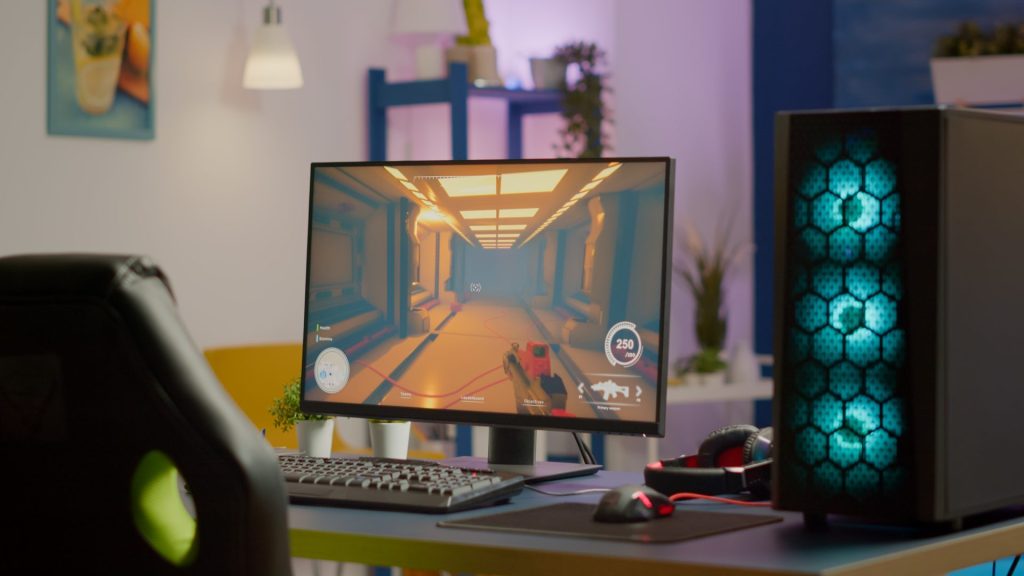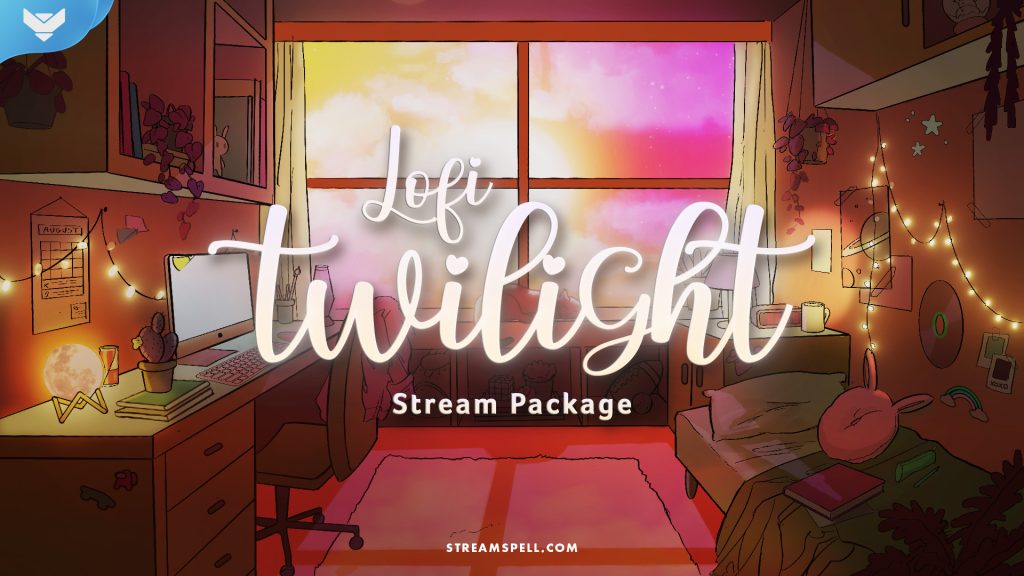June 15, 2024
Streaming on Twitch has become more popular than ever, with millions of users broadcasting their gaming, creative projects, and live events. However, standing out in this crowded space requires more than just great content; it also demands high-quality streams.
Whether you’re a new streamer or looking to enhance your current setup, here are essential tips and tools to improve your Twitch stream quality.
Invest in good hardware

A clear and professional video feed makes a significant difference. For superior quality, consider investing in a high-definition webcam like the Logitech C922 or a DSLR camera. Ensure proper lighting to avoid shadows and grainy footage. Softbox lights or ring lights can provide even illumination.
Audio clarity is crucial for keeping your audience engaged. USB microphones like the Blue Yeti or XLR with an audio interface offer excellent sound quality. Use a pop filter and a boom arm to reduce background noise and vibrations.
A robust PC with a powerful GPU and sufficient RAM is essential for smooth streaming and gaming. Consider a setup with at least an NVIDIA RTX 20 series GPU and 16GB of RAM.
If you’re streaming from a console, ensure it’s optimized for streaming, such as the PlayStation 5 or Xbox Series X.
Optimize your streaming software

Open Broadcaster Software (OBS) is a free and powerful streaming tool, but not if you haven’t customized the settings. Before starting the stream, make sure you have tweaked the frame rates, video and audio bitrate, stream quality, and more. You may also customize your scenes and sources to create a professional-looking stream.
Use the auto-configuration wizard in OBS to optimize your settings based on your hardware.
Another popular streaming software is Streamlabs. It is a user-friendly version of OBS with integrated features like alerts, widgets, and chat. You can also use the built-in themes and overlays to enhance the visual appeal of your stream.
StreamElements offers cloud-based overlays, alerts, and widgets. It’s an excellent tool for managing your stream without burdening your PC’s resources. Use StreamElements to create a consistent and branded experience across your streams. This will allow you to save time and create new scenes every single time you stream.
Improve your internet connection
Always use a wired Ethernet connection instead of Wi-Fi for a more stable and faster internet connection. This reduces the risk of lag and disconnections. Ensure your internet speed meets the minimum requirements for streaming. A speed of at least 5 Mbps upload is recommended, but higher speeds will provide better quality.
Adjust your bitrate settings in your streaming software based on your internet speed. A higher bitrate provides better video quality but requires more bandwidth. For 720p streaming, a bitrate of 2500-4000 Kbps is ideal. For 1080p, aim for 4500-6000 Kbps.
Enhance your visuals
Custom overlays and alerts can make your stream more engaging and professional. Use tools like OWN3D or Nerd or Die to find high-quality overlays and alert packages.

If you want to take things to the next level, you may also consider getting a green screen. A green screen allows you to seamlessly overlay yourself onto your gameplay or other backgrounds, making your stream look more polished.
Use software like OBS or Streamlabs to key out the green background and integrate your webcam feed into your stream.
Monitor and adjust your stream
Monitor your stream’s performance using Twitch’s built-in analytics or third-party tools like SullyGnome and TwitchTracker. Pay attention to viewer retention, peak times, and engagement metrics.
Analyze your stream data to understand what content resonates most with your audience and adjust your strategy accordingly. To monitor your stream’s performance, regularly check your stream health dashboard in OBS or Streamlabs. Look for dropped frames, bitrate fluctuations, and CPU usage.
Make necessary adjustments to settings or hardware if you notice consistent issues affecting your stream quality.
Improving your Twitch stream quality involves a combination of better hardware, optimized software, stable internet, engaging visuals, and audience interaction. Investing in the right tools and continuously refining your setup and content can create a professional and engaging streaming experience that attracts and retains viewers.